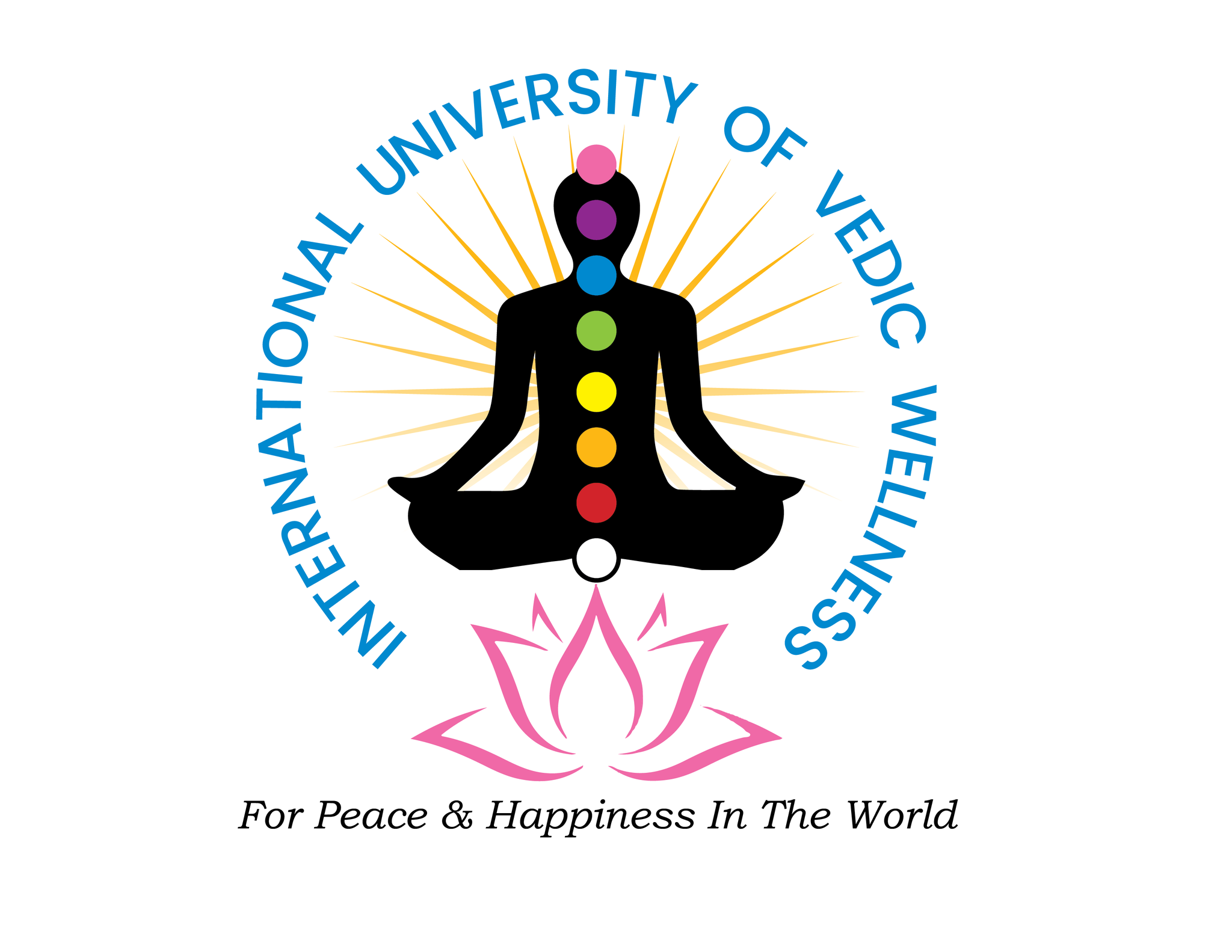One of the most beautiful verses of the Yajurveda (36.17) declares:
‘Shantiḥ Shantiḥ Shantiḥ – May there be peace in heaven, peace in space, peace on Earth; peace in waters, herbs, trees, and peace in all beings.’
At first glance, this may sound like poetry -a simple prayer for calm. But when examined closely, this mantra reveals an extraordinary vision: wellness is only possible when peace pervades the entire web of life. The seers did not limit health to the human body; they extended it to the air we breathe, the water we drink, the plants that nourish us, and the balance of the wider ecosystem.
The Universal Nature of Peace
The Vedic sages understood that peace is not confined to the mind alone. If the rivers are polluted, our bodies suffer. If the air is impure, our hearts and lungs are at risk. If the forests vanish, the balance of food, medicine, and climate collapses. True peace therefore had to include heaven, space, Earth, water, plants, and every living being.
This vision, thousands of years old, anticipates what modern science now calls ‘planetary health.’
Science Confirms the Mantra
- Air and Atmosphere – Research consistently shows that clean air lowers the risk of heart disease, asthma, and even depression. Conversely, polluted air increases stress hormones, impairs immunity, and reduces lifespan. When the mantra prays for ‘peace in space and atmosphere,’ it speaks directly to this reality.
- Water – Safe, clean water is the foundation of health. Hydration alone supports metabolism, mental clarity, and immunity. The Yajurveda’s call for ‘peace in waters’ reminds us that every drop carries the power of life.
- Plants and Biodiversity – Forests and herbs do more than provide oxygen and food; they regulate climate and gift us natural medicines. Studies prove that walking in green spaces lowers blood pressure, improves mood, and reduces stress. ‘Peace in herbs and trees’ is, in today’s terms, a prescription for both mental and physical well-being.
- One Health Concept – Modern public health now embraces what is called One Health: the idea that human health, animal health, and environmental health are interconnected. Pandemics like COVID-19 have shown the cost of ignoring this unity. The Vedic sages were far ahead when they prayed for peace ‘in all beings.’
Inner Calm, Outer Harmony
The mantra is not only about ecosystems; it is also about the human heart. Neuroscience demonstrates that repeating sounds like shanti (peace) stimulates the parasympathetic nervous system, lowering stress and calming the mind. Psychology adds that inner calm fosters compassion and cooperation, which in turn strengthens community harmony.
In short, inner peace sustains outer peace, and outer peace nurtures inner peace. The two cannot be separated.
A Message from Yajurveda
Yajurveda 36.17 is more than a ritual chant -it is a blueprint for sustainable wellness. Its vision of universal peace mirrors today’s most advanced scientific thinking: that human well-being depends on the health of air, water, plants, animals, and societies.
When we chant Shantiḥ Shantiḥ Shantiḥ, we are not only invoking calmness within ourselves; we are also affirming a responsibility -to protect nature, to live in harmony, and to cultivate peace in every relationship.
Closing Thought
Wellness is not just the absence of disease. It is the presence of peace -in our breath, in our families, in our communities, and in the planet that sustains us.
The sages of the Yajurveda knew this truth millennia ago. Modern science now confirms it. The question for us is simple: will we live by it?




